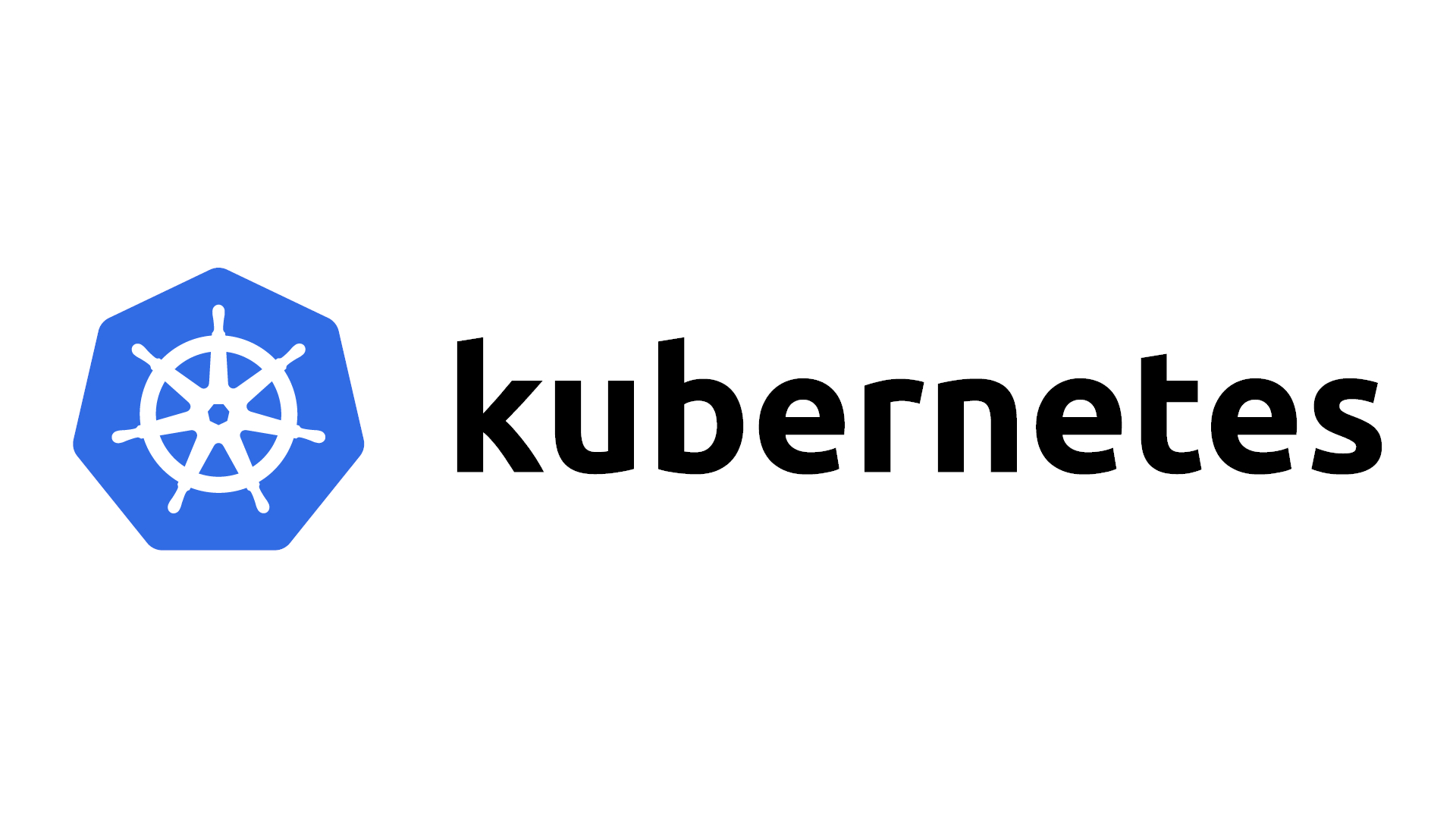Kubernetes is not a silver bullet
Don’t use it just because it’s popular

For DevOps engineers, Kubernetes is the greatest thing since sliced bread: “It's an amazing tool that can solve most of your needs,” reiterates Ihor Dvoretskyi, Developer Advocate at the Cloud Native Computing Foundation (CNCF), “but it doesn't solve everything.”
Speaking to TechRadar Pro at the Kubernetes Forum in Delhi, India, about the pitfalls of the orchestration tool that’s taken the world by storm, Ihor says that lack of due diligence is one of the major mistakes that people make while adopting cloud native technologies like Kubernetes. “It may happen that for your specific environment, for specific purposes and for your specific infrastructure, for example, it's not exactly what you would require.”
Ihor is quick to add that Kubernetes is not just a solid and monolithic technology, it's highly customisable, and flexible enough to be adopted to various needs: “There's an extremely high chance that if you are evaluating Kubernetes for your purposes it will be useful for you. But again, please start to evaluate it from a technical standpoint and not just because someone told you that some people are using Kubernetes and you should go with it as well.”
- VMware Tanzu brings containers and VMs closer together
- What is container technology?
- Kubernetes - taming the cloud
Right start
Ihor credits Kuberenetes’ flexibility to the decisions the project took in its early days, specifically packing the basic but fundamental functionality in a core, leaving enough scope for people to extend it. He points to the container runtime interface, container storage interface, container network interface or customers resource definitions as examples: “So with all these items, you still receive the same basic set of APIs for any kind of Kubernetes deployment in the world, but it can be customised to your needs.”
Moving forward, Ihor says that the primary focus for the project is stability. Back in the days the project had lots of alpha features that served as a good showcase but at the same time hindered adoption at the enterprise level. The focus now, reaffirms Ihor, is to make sure that most of the functionality in Kubernetes is consumable by all kinds of users in any kind of environment.
Despite the fact that Kubernetes has a vibrant community, Ihor, who in many aspects is the eyes and ears of the CNCF, says that strengthening the community is one of the major goals for the Kubernetes project. He underlines his statement by pointing to various good open source projects with a solid code base that offered amazing functionality but failed to build a solid community around them, which had an adverse effect on their adoption.
Become boring
Ihor’s mandate extends to projects beyond the list of graduated and incubated projects at the CNCF. He points to the KubeFlow project as an example that he’d been tracking for the last couple of years: “I even had some conversations with some people around two years ago and we made the prediction that machine learning is the next future for all even for the Kuberenetes as a platform for new workloads.”
Are you a pro? Subscribe to our newsletter
Sign up to the TechRadar Pro newsletter to get all the top news, opinion, features and guidance your business needs to succeed!
Talking long-term, Ihor says he wants the five-year old project to become the plumbing of distributed systems and be omnipresent like Linux: “The general direction of Kubernetes is just to be everywhere and to become the default solution for running containerised workloads.”
- We've also highlighted the best cloud computing services
With almost two decades of writing and reporting on Linux, Mayank Sharma would like everyone to think he’s TechRadar Pro’s expert on the topic. Of course, he’s just as interested in other computing topics, particularly cybersecurity, cloud, containers, and coding.
